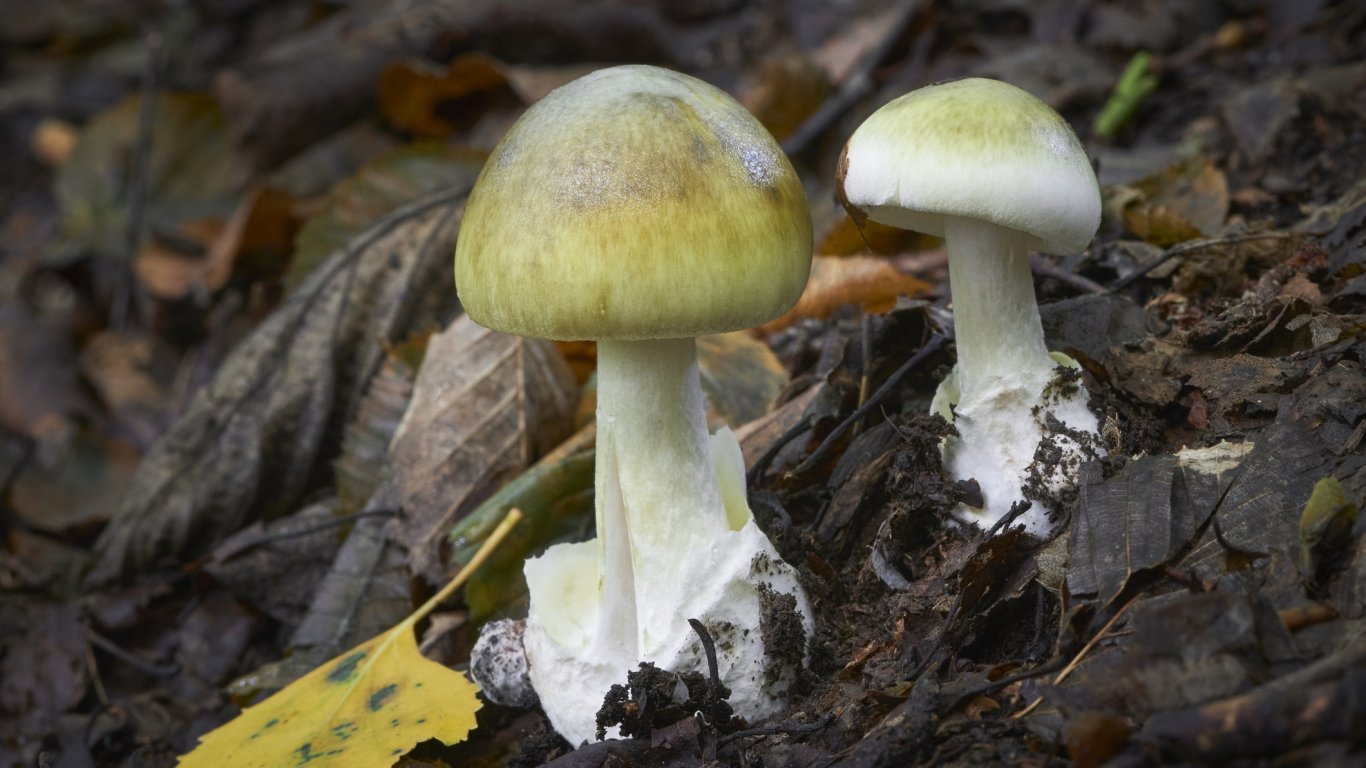The toxins contained in 5 grams of green fly agaric (Amanita phalloides), also known as the “death cap, are enough to kill a 70 kg person
Green toadstools are nondescript mushrooms: with stumps the size of a neck knob and a pale green, white or bronze cap and silken, skirt-like membrane. The mushroom is said to be pleasant to the taste, so when its deadly effects occur 6 to 72 hours later, they are often a surprise. The mushroom’s amatoxin poison enters the liver through the intestinal tract, where it binds to enzymes used to make new proteins and inactivates them. As regular protein production is halted, the liver begins to die, causing nausea and diarrhea that are often followed by rapid organ failure, coma, and death.
Scientists from Australia and China believe they may have discovered the antidote for the most poisonous mushroom in the world, reports DPA, quoted by BTA.
Experts believe a type of medical dye, already approved by the US Food and Drug Administration, could act as an antidote to poisoning with the deadly green fly agaric mushroom. This is according to the findings of the study published in the journal “Nature Communications”.
The researchers identified the main toxin that this type of fungus produces, called amanitin, as well as the protein needed to produce the toxic effect. They then analyzed a widely used fluorescent medical dye called indocyanine green and tested it on human cells and on mice exposed to the toxin. Thus, it was found that this type of dye acts as an antidote to poisoning and can help animals survive.
The researchers, from Australia’s Raven Institute of Medical Research, the University of Sydney and China’s Sun Yat-sen University, said more research was needed to assess the safety of the dye for use in humans.
Mushroom poisoning is the leading cause of death in food poisoning incidents worldwide, the study found.
Photo: iStock by Getty Images












